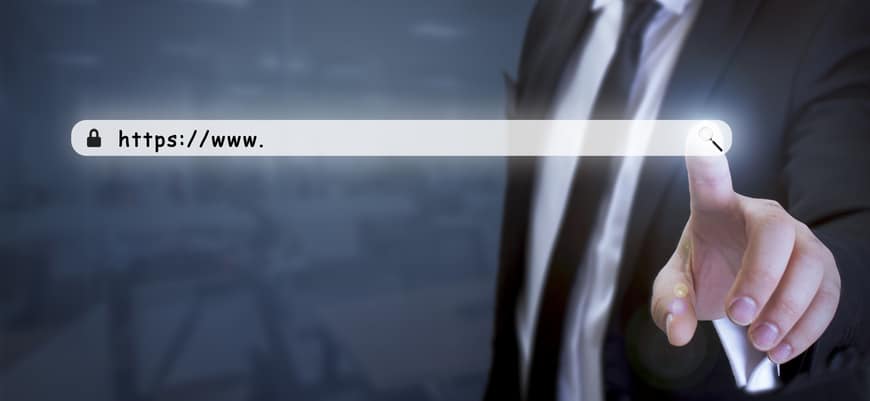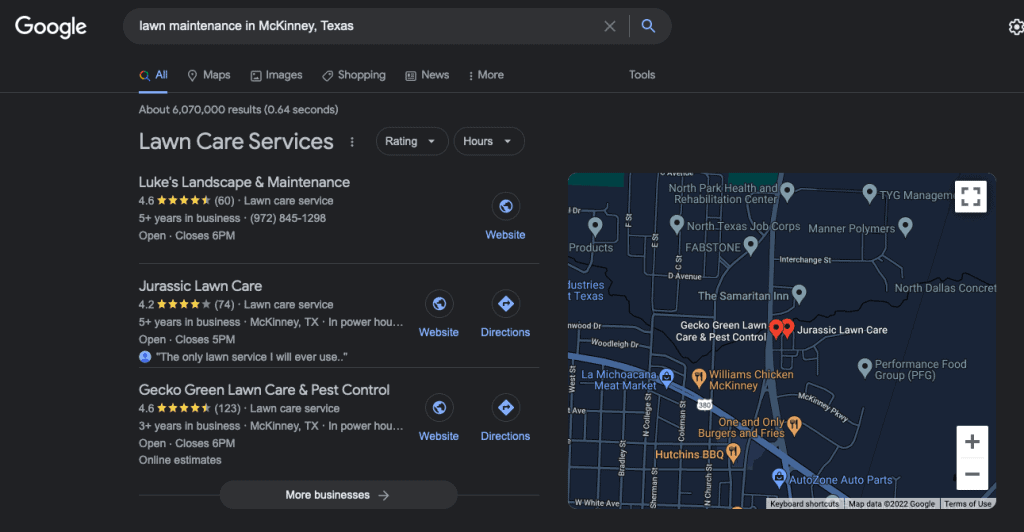
We often get asked about URLs. It’s probably our most asked category of questions. Everything from “What should my URL be?” to “Should I have a hyphen in my domain?” has been answered by one us before. But now, there’s a new crop of questions coming into our email inboxes. “Are these new TLDs bad for SEO?” has started getting asked more and more frequently. Here’s our take on it:
What is a TLD?
A Top Level Domain is the part after the company name in your URL. For instance: the website Google.com’s TLD is .com. whitehouse.gov’s is .gov. For years there were only a handful of TLDs. When the internet was still fresh and new, there was no realization that it would become the world-changing function that it is today. Insert a few decades of new URLs being reserved at an alarming rate, and you’ve got a full blown shortage of URLs! So it only makes sense that should have more options for TLDs. Not just a few more options, though.
There are new TLDs?
There are over 1,500 top level domains available today. Here are a few:
- .store
- .online
- .tech
- .solutions
- .site
- .fm
- .tv
This opens up a whole new world when it comes to picking the ever-important URL for your business. We own baggiesweb.solutions! You can be more creative and use words that are commonly associated with your industry. A good example would be a fictional company called Elijah’s Cabinet Repair. After a quick domain search, I see that elijahscabinetrepair.com is already taken. BUT, elijahscabinet.repair is available! Not only does it contain my entire business name, but it’s memorable, too!
Another example would be an art gallery with multiple locations. I could have:
- elijahsgallery.london
- elijahsgallery.paris
- elijahsgallery.ny
How awesome is that?
Is it bad for SEO?
In short, no. With any new website you will be working against competitors who have had their websites for years and likely had SEO professionals working on their site. So, you’re automatically going to be at a disadvantage due to the newness of your site. But, with a quality website, quality content, and a good SEO, you can get quality traffic to your site. Your URL and TLD have nothing to do with your ability to rank in the search engines. The major search engines of the world do not add or remove weight to a URL based on the TLD.
A Word to the Wise
While we know that it’s super easy to get a domain with whatever you want as the URL, we do discourage using misleading TLDs. If you purchased a domain with .store as your TLD, but didn’t have an actual store (online or brick-and-mortar), then you will drive potential customers away because of misleading them. Stick with TLDs that make sense. Do your due diligence in selecting a URL/TLD. We’ve had many clients who regretted their choices and were stuck with a questionable one, or had to start over with another domain.






